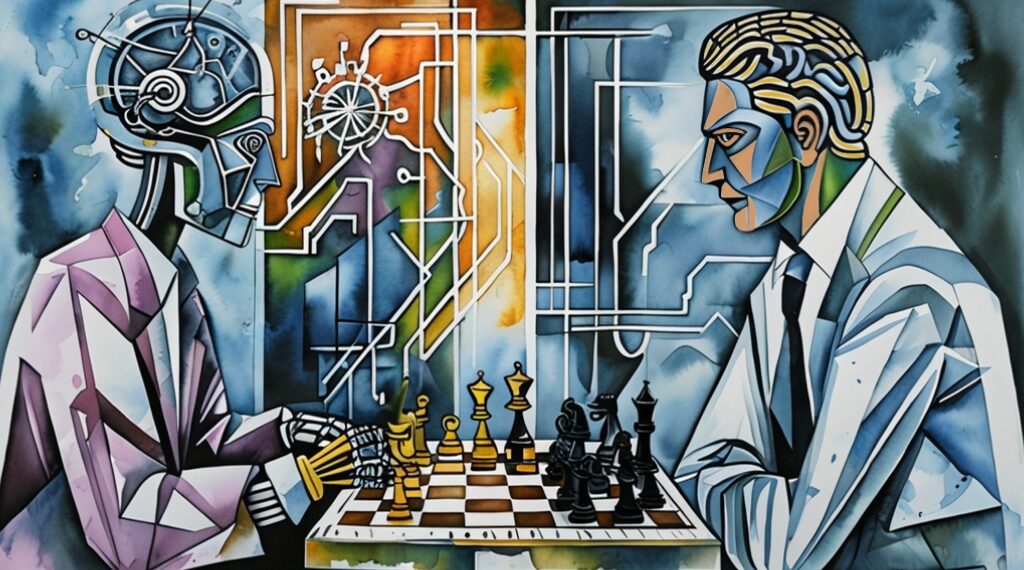The average human makes 35,000 decisions every day, from mundane tasks to important choices. But, how are those decisions are made? The process involves weighing options, drawing from past experiences, and feeling confident about the choice. However, neural networks make decisions in a different way, following the same pattern each time.
A research team at Georgia Tech is focused on training neural networks to make decisions that mirror human decision-making processes. By applying the science of human decision-making to machine learning, researchers hope to develop a reliable neural network closer to the actual human brain. In their recent paper in Nature Human Behaviour, the team presents information about their new neural network, trained to make decisions similar to humans.
The team’s neural network, RTNet, exhibits the characteristics of human perceptual decision-making, providing a more human-like approach to making decisions. By combining a Bayesian neural network and an evidence accumulation process, the neural network produces responses that are not only accurate, but also demonstrates a psychological phenomenon known as the “speed-accuracy trade-off.” In essence, the RTNet behaves more like humans, demonstrating similar accuracy rates, response times, and confidence patterns.
One of the key findings of the research is that the RTNet outperformed rival deterministic models and showed greater accuracy in higher-speed scenarios. Interestingly, the model also demonstrated an innate application of confidence, resembling the behavior of humans. The team’s ultimate goal is to train the neural network on varied datasets, apply the Bayesian neural network model to other neural networks, and offload some of the cognitive burden of daily decision-making to neural networks in the future.
The whytry.ai article you just read is a brief synopsis; the original article can be found here: Read the Full Article…





